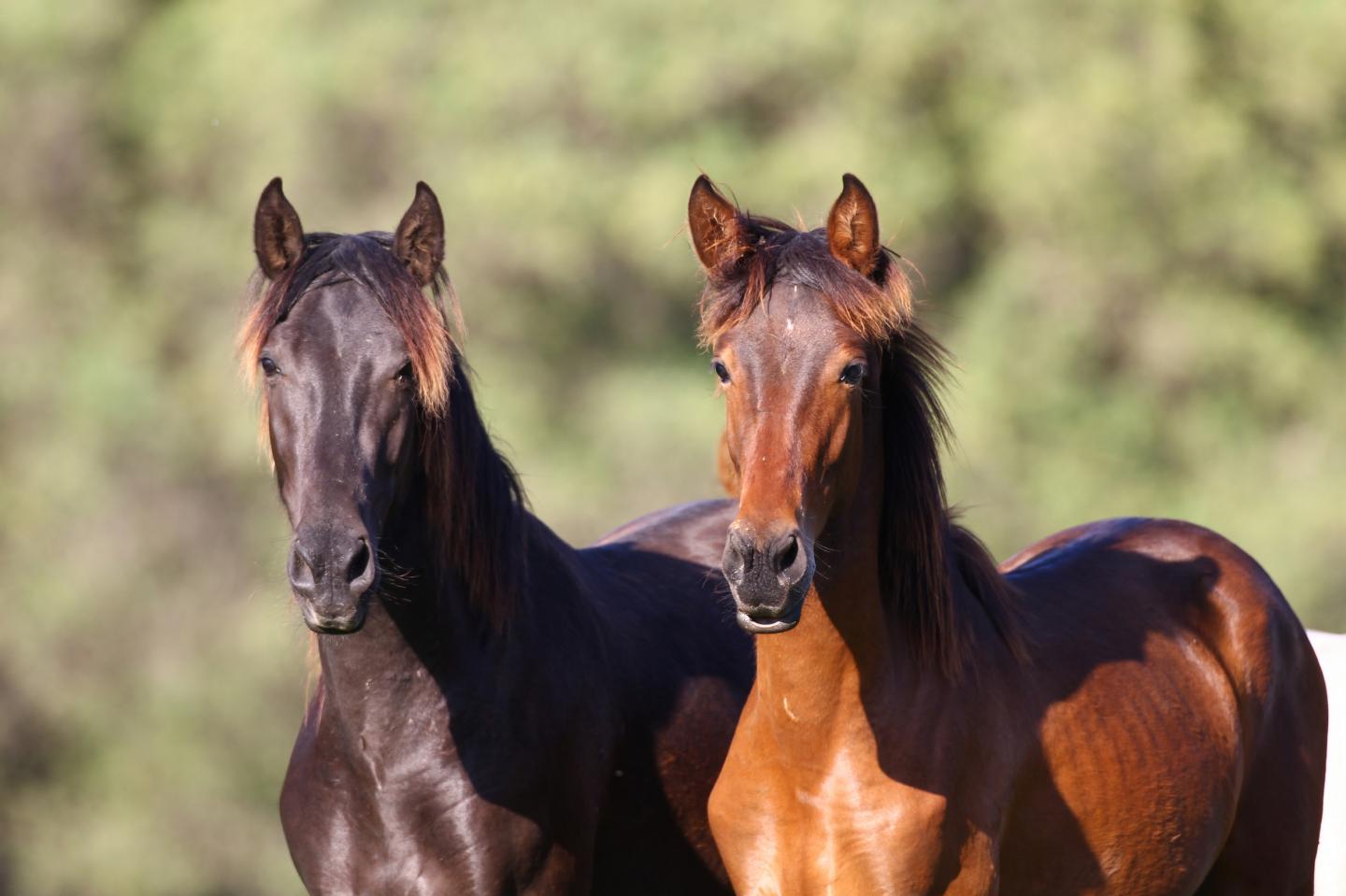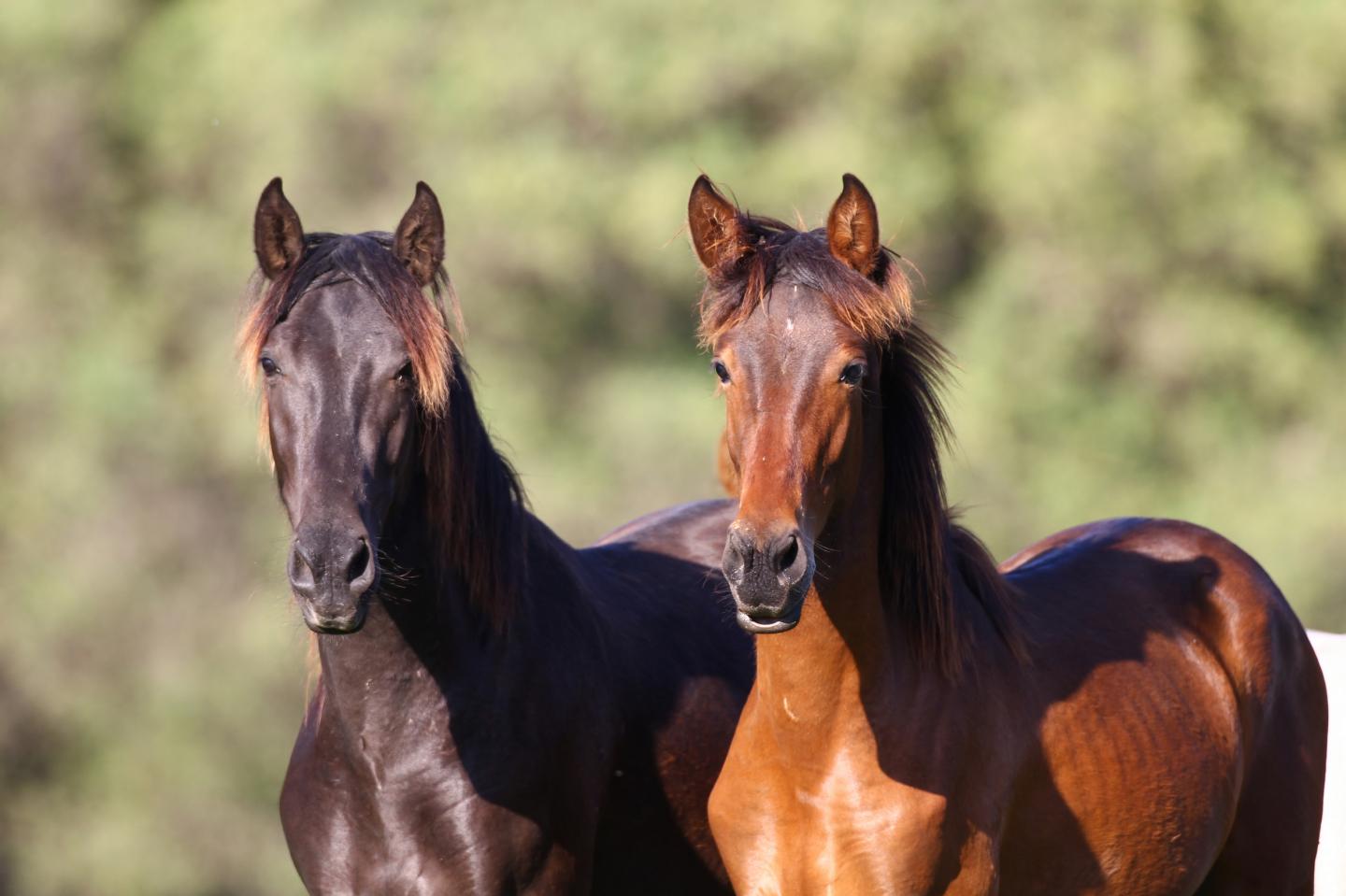
Credit: ANCCE
It is known that chromosomal anomalies are one of the principle genetic causes of infertility in horses. However, a great proportion of these cases still go undiagnosed, probably due to the fact that their symptomatology is non-specific and diagnosis is complex. This is the case with chimerism, which is greatly associated with twin births in domestic animals, and whose prevalence and reproductive effects are still unknown in horses.
Chimerism is a genetic disorder in which two zygotes combine after fertilisation to form one single zygote that develops normally. The resulting being therefore has two types of different cells, each with a different genetic constitution. In the majority of documented cases, the cells of different organs or different parts of the body have different DNA, as if two beings were present in one body.
In general, this disease is produced either by the exchange of hematopoietic stem cells via placental circulation between dizygotic twins (blood chimerism) or by the fusion of two embryos in the first stages of development (true chimerism).
In this context, a group of researchers from the Universities of Sevilla and Córdoba has published the first study to determine the prevalence of twin births and chimerism in a large population of PRE horses, and the results suggest that chimerism is not especially connected to infertility.
"To detect this disease, we recommend that farmers use a molecular detection tool, prepared by our research team. This fast, cheap and early detection method is an excellent diagnostic tool which can be incorporated into the veterinary care of horses, as it allows for the detection of chromosomal anomalies connected with infertility and subfertility", says Mercedes Valera, professor of the Higher Technical School of Agricultural Engineering (ETSIA) at the University of Seville.
This project, published in the international review The Veterinary Journal, was carried out in collaboration with the Veterinary Genetic Diagnosis Laboratory and the Animal Cytogenetic Laboratory at the Department of Genetics at the University of Córdoba and with the 'Ing. Fernando N. Dulout' Veterinary Genetic Institute of the Faculty of veterinary Science at the National University of La Plata in Argentina. A total of 14 twin births (with 23 live twins) and five cases of blood chimerism were analysed from a population of 21,097 PRE horses born between 2015 and 2016.
###
Media Contact
Mercedes Valera
[email protected]
@unisevilla
http://www.us.es
Original Source
https://www.sciencedirect.com/science/article/pii/S1090023318300480?via%3Dihub http://dx.doi.org/10.1016/j.tvjl.2018.02.011





